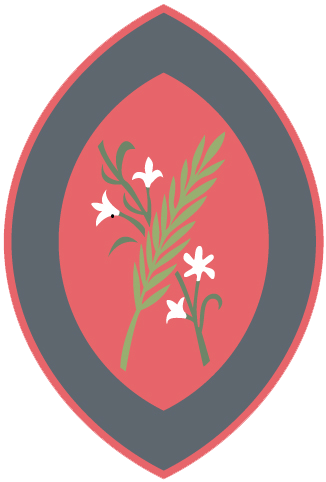Art and Design
The art and design projects are well sequenced to provide a coherent subject scheme that develops children’s skills and knowledge of visual elements, art forms, artists and art movements.
Projects are placed alongside other subject projects where there are opportunities for making meaningful connections. For example, Beautiful Botanicals has been placed in the same teaching sequence as the science project Plant Nutrition and Reproduction.
Where possible, projects with similar materials are spaced out to have as little strain on resources as possible. For example, in Key Stage 1, clay work is taught in different terms.
Seasons are also a consideration for the placement of art and design projects. For example, if children are required to work outdoors, these projects have been placed in the latter part of either the spring or summer term.
|
Key Stage 1 Year 1 begins by exploring themes directly related to the children themselves, such as their facial features, the surrounding natural world and their local community. In Year 2, the projects expand children’s artistic horizons to study a more comprehensive range of artists, artistic movements and creative techniques. |
|
Lower Key Stage 2 In Year 3, children expand their experiences to study a broader range of art forms, artists and genres. They also begin to study art from specific and diverse periods of history, including prehistoric pottery and Roman mosaics. Other genres studied in Year 3 build on previous techniques learned in Key Stage 1 and include more complex techniques in printmaking, drawing, painting and textiles. In Year 4, children develop more specialised techniques in drawing, painting, printmaking and sculpture. They explore ways in which ancient cultures have influenced art and crafts by studying, for example, medieval weaving techniques and the religious significance of Islamic art. |
|
Upper Key Stage 2 In Year 5, children develop and combine more complex artistic techniques in a range of genres, including drawing, painting, printmaking and sculpture. Children continue to build on their understanding of other historical periods and cultures by studying the ancient Chinese art form of taotie and the significance of the Expressionist movement. In Year 6, children are encouraged to work more independently in projects like Environmental Artists and Distortion and Abstraction. Such projects require them to consider more conceptual representations of personal, environmental, social or political messaging. Children explore diversity in art by studying the projects Inuit and Trailblazers, Barrier Breakers. |
Throughout the art and design scheme, there is complete coverage of all national curriculum programmes of study.
